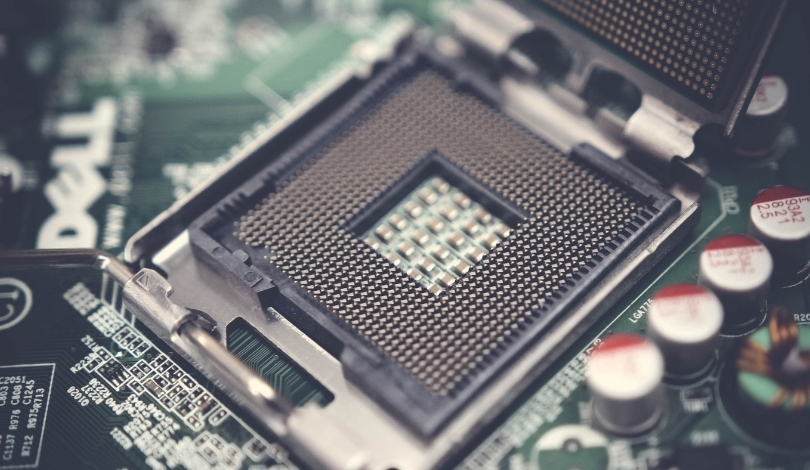The recent decision by former President Trump to implement a 90-day pause on tariffs has provided a short-term reprieve for consumers facing inflated GPU prices. While the underlying issues causing high costs remain unresolved, this temporary halt offers a window of stability for both manufacturers and buyers in the graphics processing unit market.
Historically, GPU prices have fluctuated due to various factors including supply chain disruptions and international trade policies. Previous tariff implementations have led to significant price hikes, affecting both gamers and professionals reliant on these components. The current pause interrupts this trend, though it does not address the core issues contributing to the sustained high prices.
How Will the Tariff Pause Affect GPU Availability?
The suspension of tariffs is expected to improve the availability of GPUs by reducing import costs, potentially increasing the supply in the market. This adjustment may help alleviate some of the shortages experienced by retailers and consumers alike.
What Are Industry Leaders Saying?
“This pause is a positive step towards stabilizing the market,” says Jane Doe, CEO of TechGraphics Inc. She further added, “However, we need comprehensive solutions to ensure long-term affordability.”
Industry experts remain cautiously optimistic, recognizing the temporary benefits while emphasizing the need for sustained policy efforts.
Can Consumers Expect Lower Prices Soon?
While the tariff pause may lead to slight price reductions, significant decreases are unlikely in the near future. The ongoing global supply chain challenges and high demand continue to exert upward pressure on GPU prices.
Overall, the 90-day tariff suspension offers a brief period of relief for the GPU market but does not resolve the fundamental issues contributing to high prices. Manufacturers and policymakers will need to collaborate on more enduring solutions to ensure affordable access to essential hardware.










